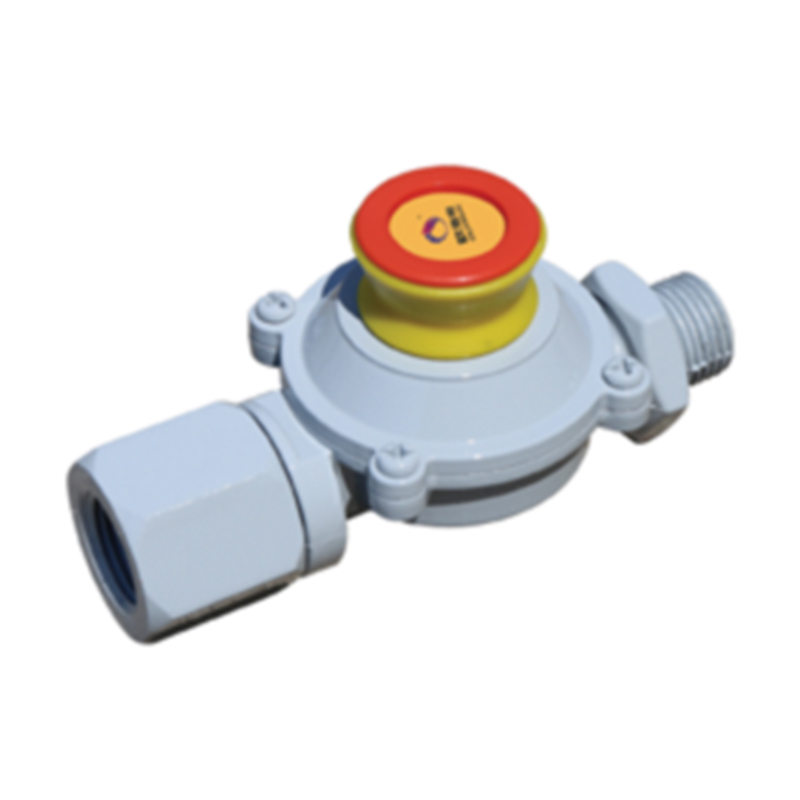
Sep . 16, 2024 06:22
Back to list
Pressure Regulating Devices - Precision Control Solutions
Understanding Pressure Regulating Devices Importance and Functions
In industrial applications and various household systems, maintaining the correct pressure is essential for efficient operation and safety. This is where pressure regulating devices play a crucial role. These devices are designed to maintain a stable output pressure, regardless of the fluctuations in input pressure or flow rate. By doing so, they ensure that systems operate optimally, prolong equipment life, and enhance safety.
What is a Pressure Regulating Device?
A pressure regulating device is a mechanism used to automatically control the pressure of a fluid (liquid or gas) in a system. These devices can significantly reduce the risk of equipment failure due to pressure overloads and ensure consistent performance. They are commonly used in a variety of applications, including gas distribution systems, water supply networks, and HVAC (heating, ventilation, and air conditioning) systems.
Types of Pressure Regulators
There are several types of pressure regulators, each designed for specific applications. Here are a few commonly used types
1. Single-Stage Regulators These are used to reduce pressure from a gas cylinder to a lower pressure level. They are simple in design and typically suitable for applications where the fluctuations in inlet pressure are minimal.
2. Two-Stage Regulators These devices provide a more stable output pressure by using two stages of pressure regulation. They are ideal for high-pressure applications where the inlet pressure can vary significantly.
pressure regulating device

4. Relief Valves These are safety devices that automatically release excess pressure to prevent system overload. They are designed to open at a predetermined pressure level, protecting the system from damage.
Applications of Pressure Regulators
Pressure regulating devices are essential in various fields.
- Industrial Manufacturing In manufacturing processes, maintaining the right pressure ensures equipment operates efficiently and safely. For example, pneumatic tools require specific pressure levels to function properly.
- HVAC Systems Pressure regulators enable consistent airflow and heating levels in HVAC systems, improving energy efficiency and comfort in residential and commercial buildings.
- Medical Equipment Pressure regulators are critical in medical gas systems, ensuring safe delivery of gases like oxygen to patients.
- Water Distribution In municipal water systems, pressure regulators maintain consistent water pressure, preventing pipeline damage and ensuring adequate flow at consumption points.
Conclusion
In summary, pressure regulating devices are essential components in various systems, ensuring safe and efficient operation. They mitigate risks associated with pressure fluctuations, thereby enhancing system reliability and extending equipment lifespan. Understanding the types and applications of these devices can significantly benefit industries and households alike. As technology continues to evolve, pressure regulators will likely become more advanced, increasing their efficiency and applications even further.
Next:
Latest news
-
Safety Valve Spring-Loaded Design Overpressure ProtectionNewsJul.25,2025
-
Precision Voltage Regulator AC5 Accuracy Grade PerformanceNewsJul.25,2025
-
Natural Gas Pressure Regulating Skid Industrial Pipeline ApplicationsNewsJul.25,2025
-
Natural Gas Filter Stainless Steel Mesh Element DesignNewsJul.25,2025
-
Gas Pressure Regulator Valve Direct-Acting Spring-Loaded DesignNewsJul.25,2025
-
Decompression Equipment Multi-Stage Heat Exchange System DesignNewsJul.25,2025

